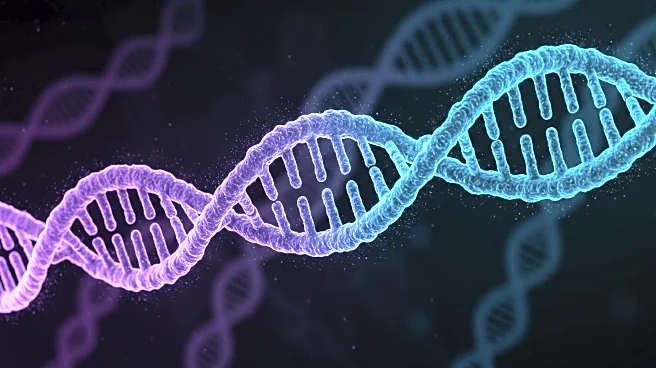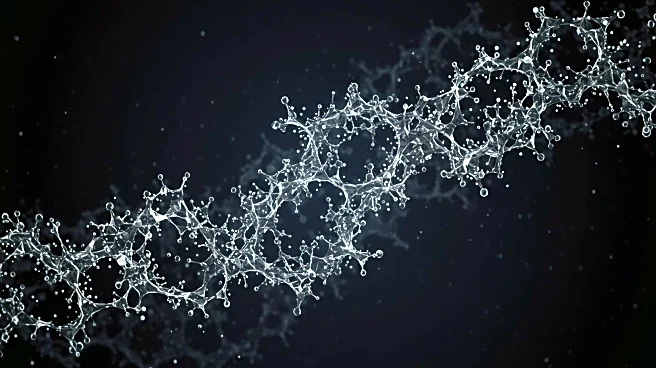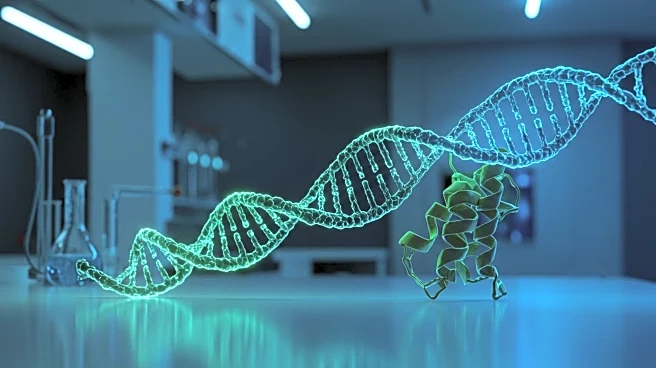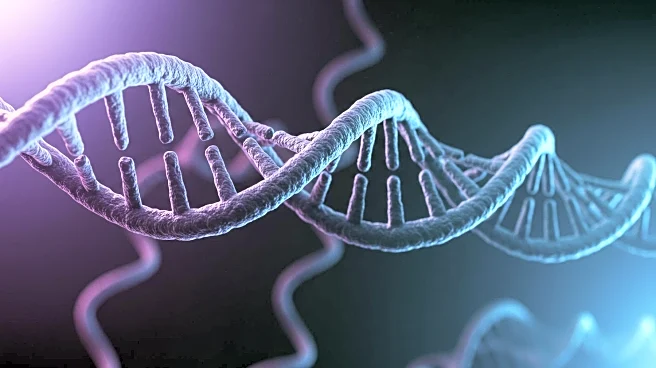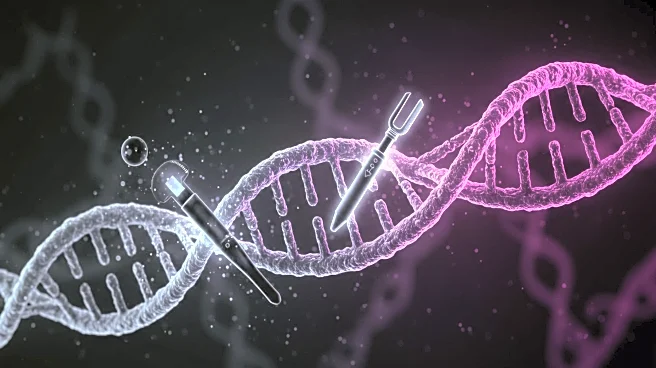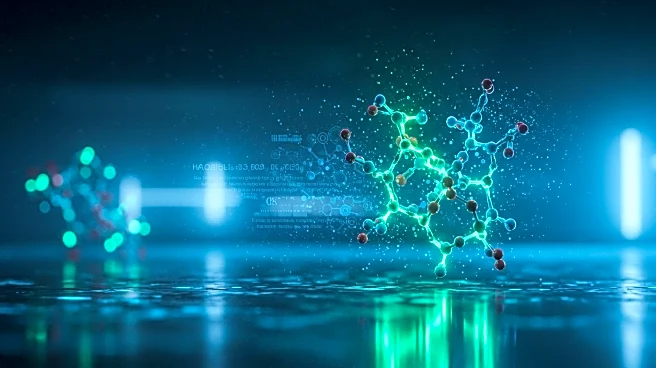Rapid Read • 7 min read
Recent research published in Nature Communications has advanced the understanding of protein structures through topological analysis. The study utilized persistent homology to analyze over 214 million protein structures from the AlphaFold2 database, identifying topological features such as loops and voids. This approach allows for the mapping of topological richness across different species, revealing intricate structural features and evolutionary relationships. The analysis provides insights into the complexity of protein structures, particularly highlighting differences between eukaryotic and prokaryotic proteins.
AD
The findings have significant implications for the fields of molecular biology and bioinformatics. By understanding the topological properties of proteins, researchers can gain deeper insights into protein function and evolution. This knowledge can aid in the development of targeted therapies and enhance protein engineering efforts. The study's ability to map topological features across a vast number of proteins offers a unique opportunity to quantify protein properties at a large scale, potentially leading to breakthroughs in understanding complex biological processes.
The research opens avenues for further exploration into the topological characteristics of proteins, which could lead to advancements in drug discovery and genetic research. Future studies may focus on applying this topological analysis to specific protein families or diseases, potentially identifying new therapeutic targets. Additionally, the methodology could be refined to improve computational efficiency and accuracy, enabling more detailed analyses of protein structures.
The study highlights the potential of topology as a tool for understanding biological complexity, suggesting that topological features could be used to identify regions of proteins that are prone to mutations or associated with diseases. This approach may also provide insights into the evolutionary pressures that shape protein structures, offering a new perspective on the adaptability and functionality of proteins in different environments.
AD
More Stories You Might Enjoy
